Collaborative Data Analysis and Visualization
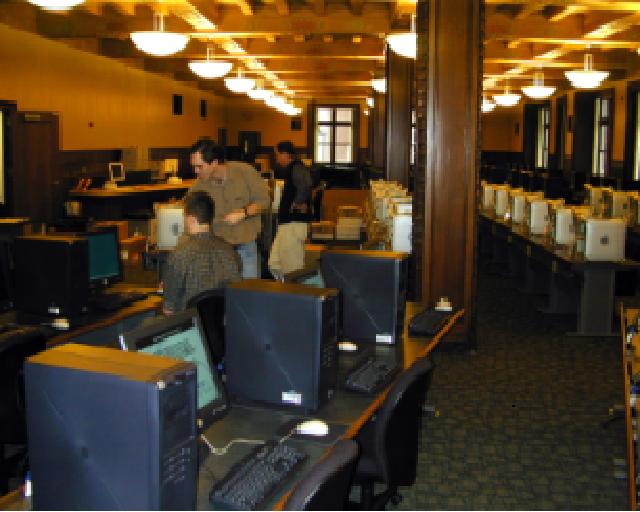
Project Description:
This project involves the augmentation of PCs and Macs in a large student lab
operated by the University of Minnesota.s Academic Distributed Computing
Services organization (see figure). When the students are not using the
machines, they will be useful to us, as a result of this project, as (1) a
high capacity and high aggregate bandwidth storage area network, (2) an image
rendering farm, (3) a genomics data mining engine, and (4) a distributed
computing platform and Grid computing testbed.
Accomplishments Fall/Winter 2002
HARDWARE
We have determined the hardware configuration for the PCs and tested its
performance thoroughly. We now have a very inexpensive PC configuration that
achieves performance levels on our applications that have amazed us.
We consider the specially outfitted PC together with our
software highly optimized for this system as a tool for scientific
visualization that would not have been developed save for this project.
To a $1000 reconditioned Dell PC we added dual ATA-133 disks, striped in
software, so that the PC enjoys 100 MB/sec sustained performance from a 400 GB
disk subsystem costing only $620.
New Hardware Configuration
SOFTWARE
Because we had never had individual disk
subsystems this fast in our lab before, we had to retune much of our
visualization software to exploit this stunning new performance (and
price/performance) level. Our retuned movie playing software plays
full-screen animations from disk on this type of PC at speeds of 20 frames
per second (which reflects the maximum rate at which the pixels of the frame
buffer can be filled by the graphics engine). Our retuned movie image
rendering software, HVR
www.lcse.umn.edu/hvr,
now performs the volume rendering of a cube of 512x512x512 voxels in just over
2 seconds.
USES
We demonstrated one of our test PCs so configured and with our improved
software in the NCSA exhibit booth at the Supercomputing 2002 exhibit.
We also put these new tools
to use this last fall in a class for freshman in scientific cinematography,
for the making of computer movies from scientific simulation data. Some of the
better student movies are presented below.
These movies are DivX encoded for compression. You will need the
DivX 5.0 codec, or later, in order to play them. One place to download
the latest DivX codec is from
http://www.divx.com/divx
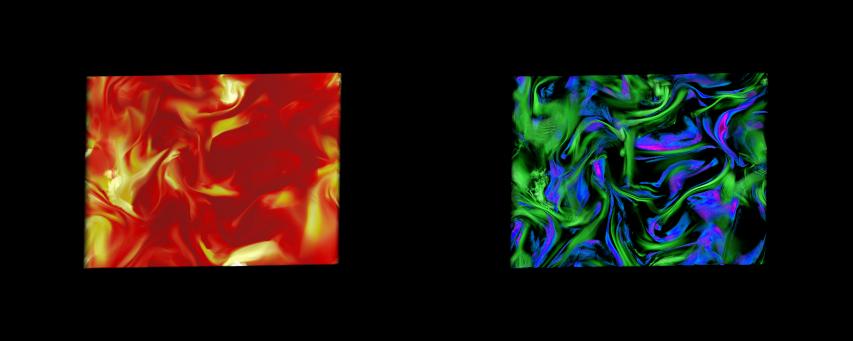
AVI movie(16.3 MBytes) of fluid turbulence
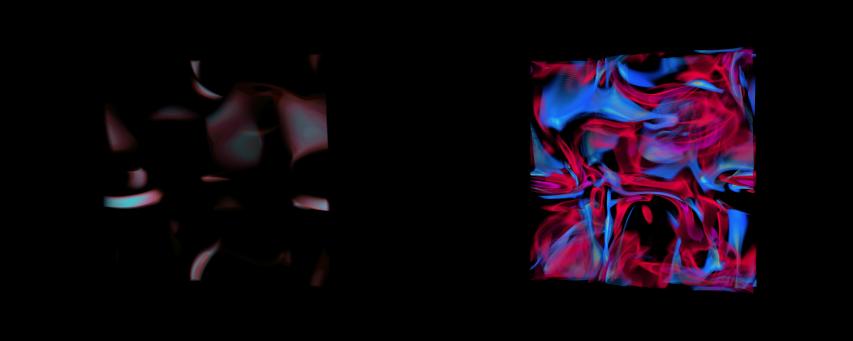
AVI movie(7.2 MBytes) of fluid turbulence
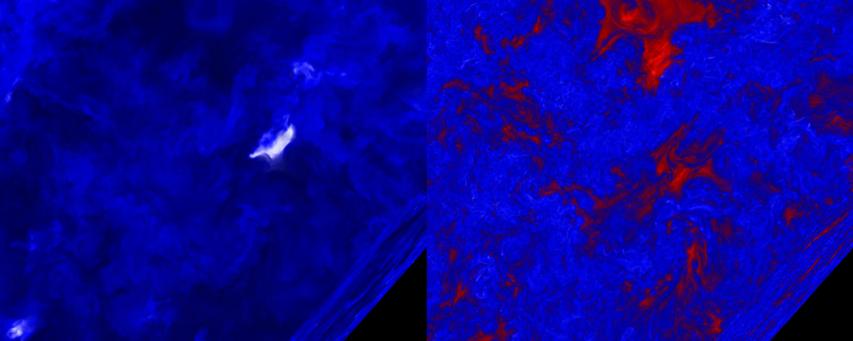
AVI movie(5.7 MBytes) of fluid turbulence
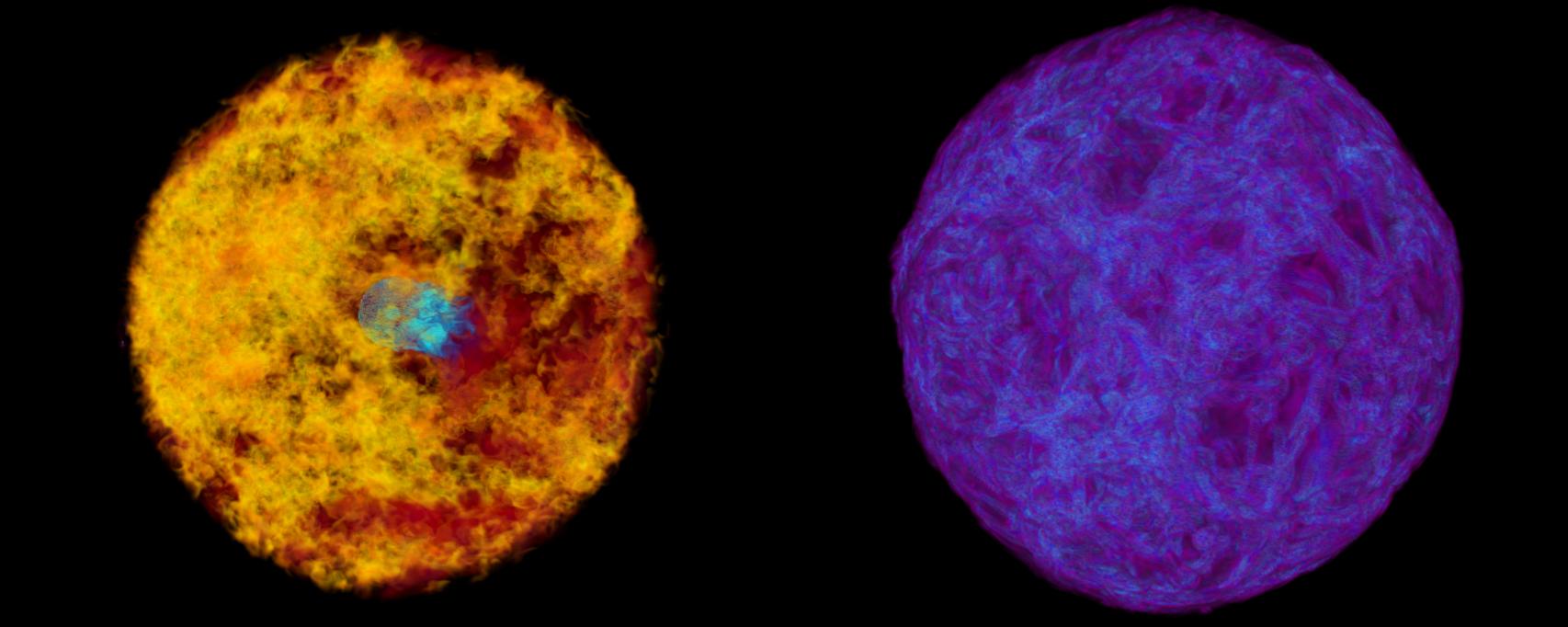
Red AVI movie(6.7 MBytes) of a red giant star
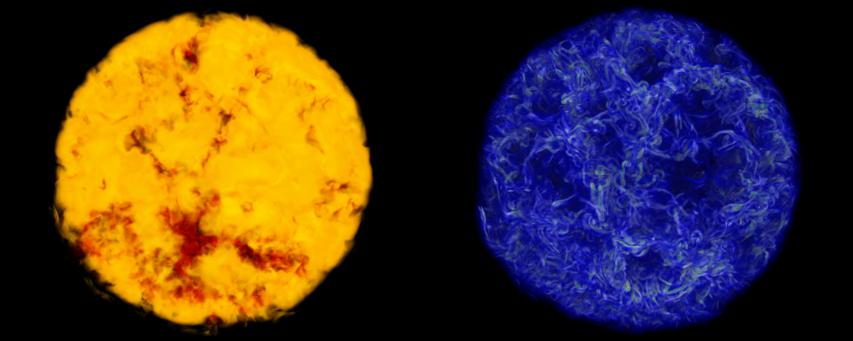
AVI movie(4.5 MBytes) of a red giant star
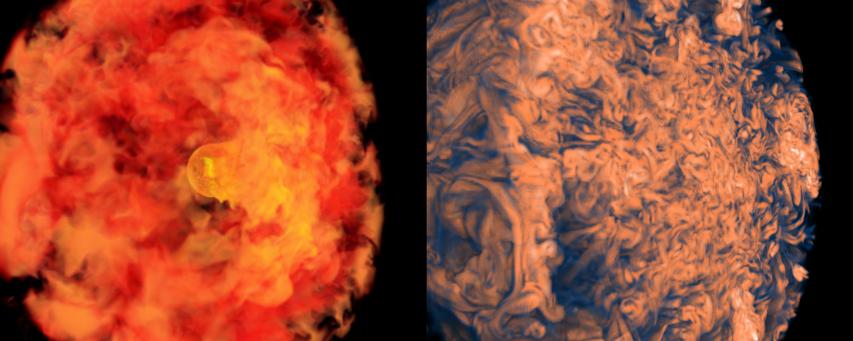
AVI movie(16.9 MBytes) of a red giant star






